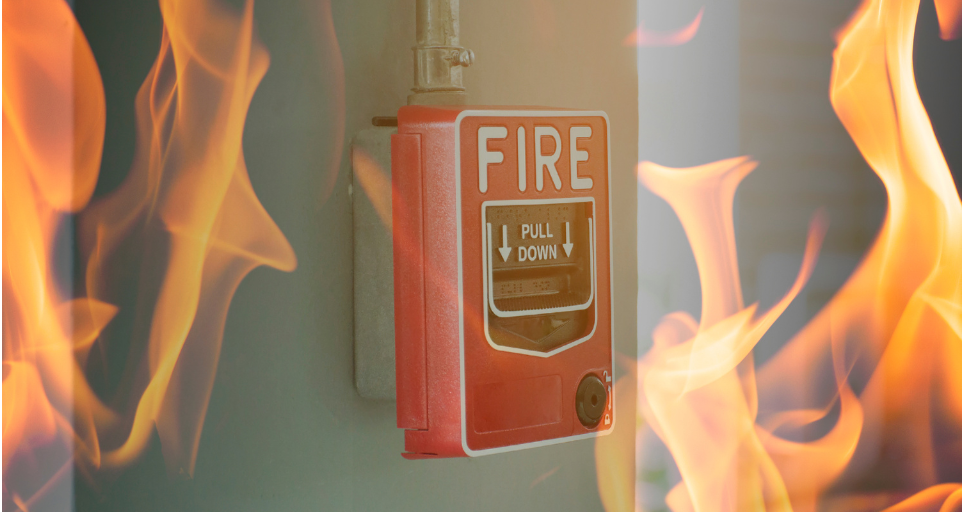New fire safety regulations – do they apply to your building?

New fire safety regulations – do they apply to your building?
Following the Hackett Review and the Grenfell Tower Inquiry, the Government continues to implement new legislation which has resulted in amendments to the existing Regulatory Reform (Fire Safety) Order 2005 (“Fire Safety Order”). The Fire Safety Order, unsurprisingly, governs day to day fire safety.
Amongst the continuing publicity associated with the implementation of the Building Safety Act and the challenges it imposes, we must also recognise the new fire safety regulations which come into force on 23 January 2023 via the Fire Safety (England) Regulations 2022. The Fire Safety Regulations apply to multi-occupied residential buildings in England and impose rules for:
- Non-high rise buildings
- Buildings over 11 meters; and
- Buildings over 18 meters
Do the Fire Safety Regulations apply to your building?
The regulations apply to existing multi-occupied buildings, with differing duties applying to buildings of differing heights.
Are you a responsible person?
The Fire Safety Order places a number of duties on the “responsible person”. In the context of the new regulations, this is essentially the person that is responsible for the safety of themselves and others, for example the building owner or the person in control of the common parts or exterior of the premises.
The following new duties are created for the responsible person:
- For multi-occupied residential buildings with two or more sets of domestic premises, the Responsible Person will be required to provide:
- relevant fire safety instructions to residents, including instructions on how to report a fire, and what a resident must do once a fire has occurred, based on the evacuation strategy for the building; and
- residents with information relating to the importance of fire doors in fire safety.
- For residential buildings above 11m, the Responsible Person will be required to:
- provide fire safety instructions and fire door information; and
- undertake annual checks of flat entrance doors and quarterly checks of all fire doors in the common parts.
- For residential buildings of at least 18m or 7 or more storeys, the Responsible Person will be required to:
- provide fire safety instructions, fire door information and undertake fire door checks;
- install and maintain a secure information box in the building, which must contain the name and contact details of the Responsible Person and hard copies of the relevant floor plans;
- provide up to date electronic floor plans for the local Fire & Rescue Service and store a copy in the Information Box;
- send information regarding the design and materials in the external wall to the Local Fire and Rescue, together with details of any risks and mitigating steps taken;
- undertake monthly checks on firefighting lifts, evacuation lifts and check the functionality of other key pieces of firefighting equipment. Defects will need to be reported to the local Fire and Rescue Service as soon as possible if the fault cannot be fixed within 24 hours. Records of the outcome of checks will need to be available to residents;
- install signage that is visible in low light or smoky conditions. The signage in stairwells must identify the relevant flat and floor numbers.
Points to consider
If you own, manage or operate from a building you are likely to be a Responsible Person. These responsibilities will also likely extend to third party managing agents. Any third party agents will need to be aware of the duties imposed by the Regulations and you must ensure, as the responsible person, that they are obliged to and are in a position to action the new requirements. The Regulations are criminally enforced and the duties they create are non-delegable, meaning you may still face prosecution if things go wrong.
Owners and duty holders should also be aware of the potential costs following on from the Fire Safety Regulations. Careful consideration should be given to who bears relevant responsibilities for costs under the relevant leases.
Systems need to be in place by 23 January 2023 to ensure ongoing compliance with the Fire Safety Regulations.
Contact our Real Estate Dispute Resolution team today
If you would like to discuss any issue relating to this blog, please do not hesitate to contact a member of the Real Estate Dispute Resolution Team on 01895 201759 or contact us via the enquiry form at the top of our Property Disputes page.
